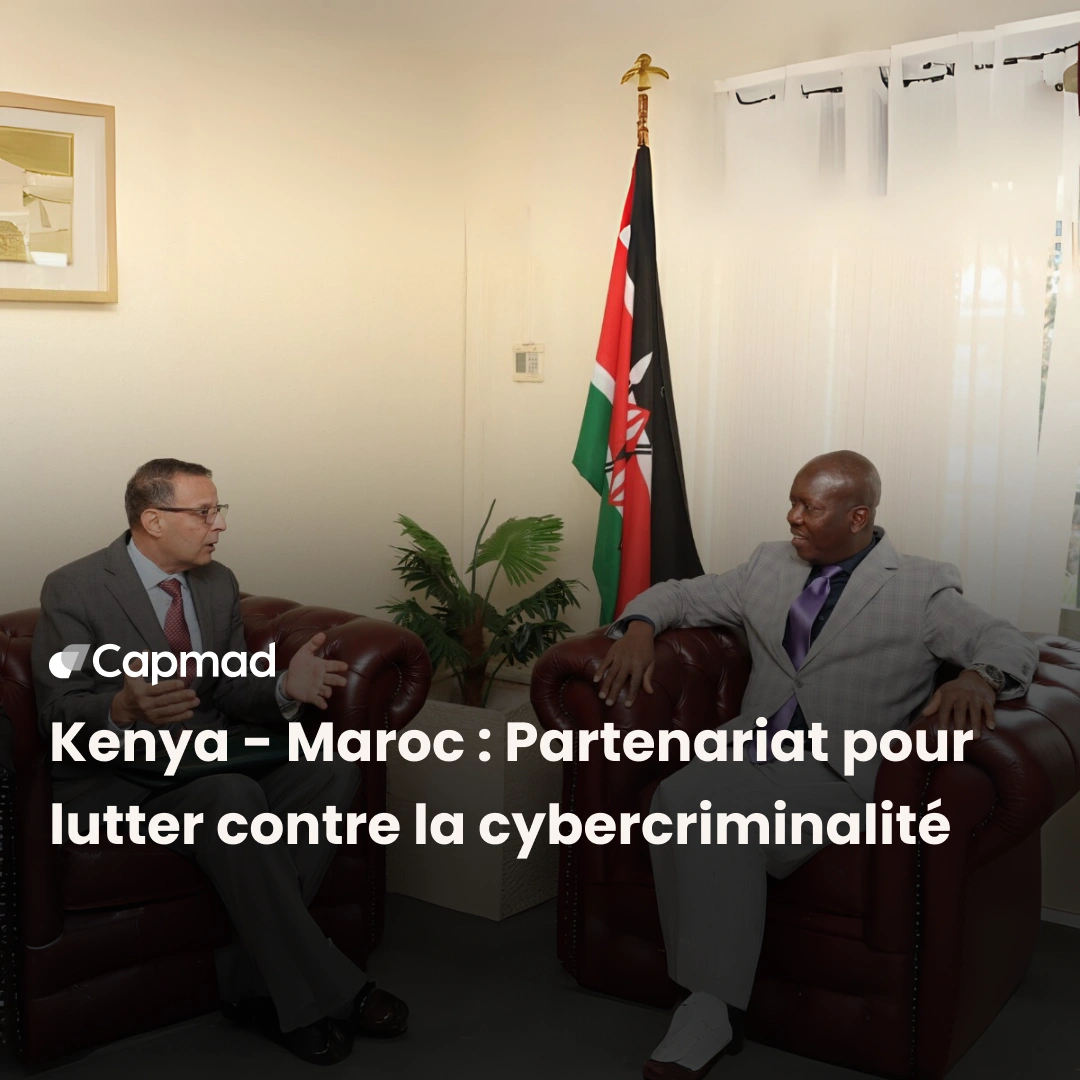The reduction of external aid does not signify a setback for SADC but rather a turning point towards enhanced autonomy and more responsible management of its resources. The regional organization adapts and innovates to ensure the continuity and success of its missions in service of sustainable development in Southern Africa.
Context of the Reduction in External Aid
The Southern African Development Community (SADC) is facing a significant decrease in external aid, a phenomenon affecting many regions across the African continent. This reduction in official development assistance (ODA) from international donors reflects a realignment of global priorities and a growing willingness among African countries to become more self-reliant. This dynamic forces SADC to rethink its financing strategies and the implementation of regional projects.
A Strong Commitment to Autonomy
In the face of declining external funding, SADC asserts its commitment to operational and financial autonomy. Rather than relying exclusively on international donors, the organization emphasizes strengthening internal capacities, diversifying funding sources, and mobilizing domestic resources from its member states. This approach aims to ensure the sustainability of regional initiatives despite uncertainties related to external contributions.
Budgetary Challenges and Their Consequences
SADC must deal with severe budgetary constraints that limit its ability to effectively implement its programs and initiatives. This excessive dependence on donor funds exposes the organization to significant financial risks and external influences that may harm its strategic independence. Sustainable management of these financial resources is therefore crucial for the longevity of regional cooperation.
Opportunities and Strategies to Strengthen Autonomy
To address these challenges, SADC is considering several strategic avenues:
- Diversifying financing through innovative mechanisms and advocacy towards member states.
- Strengthening South-South cooperation to establish more balanced partnerships less reliant on traditional aid.
- Promoting domestic resource mobilization, especially through taxation, within member countries to finance regional development.
- Encouraging the private sector and local investments to increase economic capacities on the ground.
Strengthened Regional Integration Despite Difficulties
SADC also emphasizes the importance of cooperation and parliamentary integration among its member states, which can foster better coordination of economic, social, and health policies and actions. This dynamic paves the way for greater collective autonomy by leveraging the complementary strengths of member countries within a context of decreasing external aid.






